Drobo 5C BeyondRAID data storage
I have finally taken my data storage seriously by investing in a Drobo RAID system.
Here is my story and review of the Drobo 5C. As a professional travel video blogger, I develop a lot of content! Over the past seven years I’ve amassed nearly 20TB of data. As you might suspect, my storage management has been a fiasco. Seven years ago a large external/portable hard drive was 500GB, now you can get 10TB drives. As storage has gotten cheaper, I have continued to acquire larger hard drives, often moving files from one drive to another to consolidate.
Invariable, I would forget to move files because they would not all fit on a new drive, or I would accidentally delete files before they were moved. One time, I actually formatted a drive by mistake, thinking I had a different drive plugged in. If there has been a storage mistake to be had, I probably made it.
As my content quality (video, photos, audio and other files) has improved over the years, I have realized the potential value it holds. There are myriad ways to monetize the content I’ve created by traveling the world. Given the value my content holds, it just wasn’t prudent for me not to implement and invest in better storage habits and equipment.
I was recently on the phone with a good buddy of mine who is an IT professional and overall computer genius. He was remarking on one of my recent travel videos and the topic of storage came up. I had several people tell me over the past year that I needed to set up a RAID system (Redundant Array of Independent Disks), but kept putting it off. This time when the subject came up, I took advantage of my buddy’s expertise and asked what he would recommend? Without hesitation, he said “Drobo! You have to get a Drobo system.”
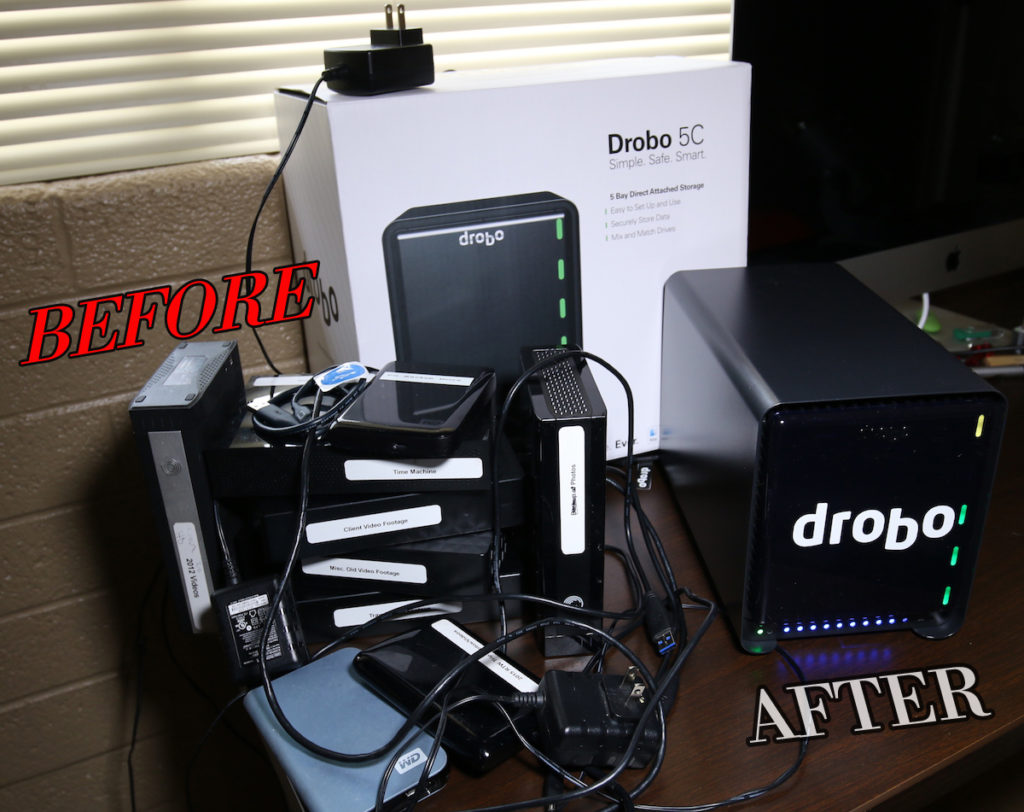
If you’re not familiar with a RAID system, it was developed in the 80s and designed to pool disk drives together for increased capacity and reliability for data storage. This method prevents the loss of data in the event of a failed drive. While reliable, the complexity of RAID is a challenge for small business owners and consumers. RAID has a high learning curve with unfamiliar terminology like striping, mirroring, and parity. Drobo has simplified RAID by creating BeyondRAID technology that solves the fundamental issues that traditional RAID can not. Built on the foundation of traditional RAID, BeyondRAID adds a layer of virtualization that chooses the proper protection algorithm based on data availability needs at any given moment.
Since the technology works at the block level, it can write blocks of data that alternate between RAID protection levels. If you need to add storage capacity to a Drobo, simply insert additional disk drives or replace the smallest disks with larger ones—no need to change RAID levels, purchase a new storage system, or going through complex administration.
Drobo offers several solutions, I opted for the 5C, which is a 5 bay system using up to five (5) 3.5″ SATA II/III hard disk drives (these are sold separately). The 5C is beautifully designed offering the utmost simplicity for desktop storage. I can attest, no storage expertise is required to set up and operate the Drobo 5c. The unit includes the latest USB Type-C connector to attach the Drobo to your PC or Mac (I’m on a Mac). BTW, USB-C is compatible with both USB 3.0 and USB 2.0.
Setting up the Drobo is so simple, all you do is unpack, plug in the AC and USB cables, then insert the drives one at a time and power up the unit. You may also have to install the latest firmware, as well as the dashboard software, but that’s super simple. It took me maybe 10 minutes to get up and running. I did have to call customer support for a quick question and I hope the following will help you to avoid having to call yourself.

When you bring up the dashboard software, the functional navigation on the left hand size (e.g. status, capacity, etc) is greyed out. I didn’t really notice the text at the bottom of the screen that says to double click the icon to enable the details screen. I’ve taken two screen shots to illustrate below. Once the navigation is available, the unit will ask you if you’d like to format the Drobo. After you’ve done that, the system is all set up to transfer files. For your edification, it took me about 2 hours per terabyte of data to transfer, which I thought was pretty acquitted. Having said that, I have noticed that transferring files to an MS DOS FAT32 formatted drive can take substantially longer.

I’m so excited to finally be able to access all of my files without having to plug and unplug a series of external hard drives. While I absolutely love my Drobo 5c, I must admit that I’m a bit envious of some of the other Drobo units with additional functionality, however those do come with quite an additional price tag. In order for you to make an informed decision, I have outlined some of the key features of the various models:
- Drobo 5C connects directly to the computer with five bays.

- 5D is also a direct connect, but it has 3 connector ports (2 Thunderbolt and 1 USB 3.0). The 5D runs about $650 on Amazon
.
- 5DT is similar to the D, but with improved performance using solid-state drive (SSD) acceleration (via mSATA) and 3 years of DroboCare. The 5DT runs about $850 on Amazon
.
- 5N – This is a networked unit so you can access all of your files wirelessly. This is the unit I sort of wish I had chosen instead. The 5N sells for about $500 on Amazon
.
Now, the Drobo unit is just the first part of your investment, the next are the drives. In the 5C you can put up to (5) 10TB drives. I started off with (3) WD 6TB drives and (2) WD 3TB drives
, which ran me about $1000 on Amazon. Overall this is certainly not inexpensive, but it is an investment that I think was necessary for me, and likely you too. To further secure/protect my data, I have signed up for the unlimited Amazon cloud service
. For $60/year I can upload everything from the Drobo just to have a mirror of my BeyondRAID system.
Lastly, the BeyondRAID feature can even switch from single to dual disk redundancy with just the click of your mouse through the Drobo Dashboard. This ensures enterprise-level dual parity data protection, when needed. If a drive happens to fail, Drobo will automatically re-layout the data to the remaining drives, returning it to a protected state with no user interaction.
If you have a Drobo Beyond RAID system, please leave a comment below and share your experience. If you have any questions at all, leave a comment and I will do my best to answer.
Click here to see the complete line of Drobo BeyondRAID systems.
Comments are closed.










![Top-5 Best Places to visit in Belgium beyond Brussels [video included]](https://mikesroadtrip.com/wp-content/uploads/2020/07/Pin-6b.jpg)
![Top-10 Most Interesting Facts about Arizona [Video Included]](https://mikesroadtrip.com/wp-content/uploads/2020/07/Pin-2.jpg)










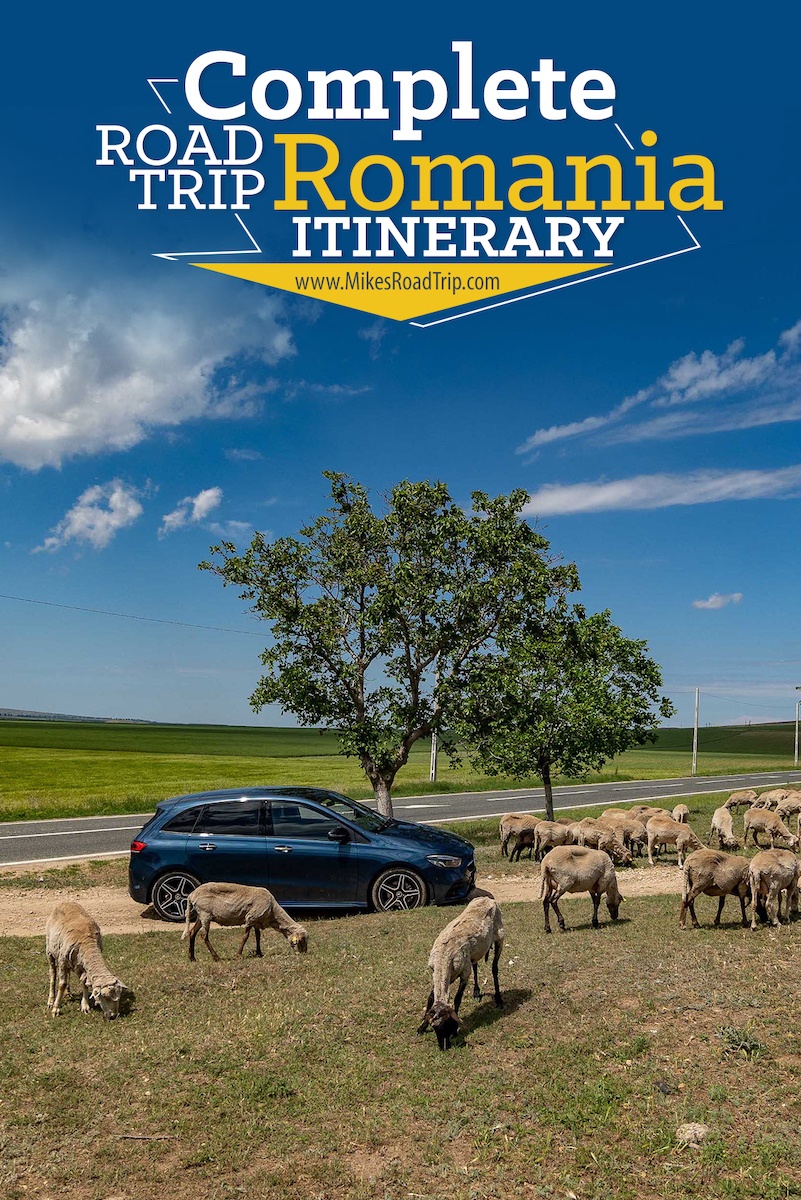










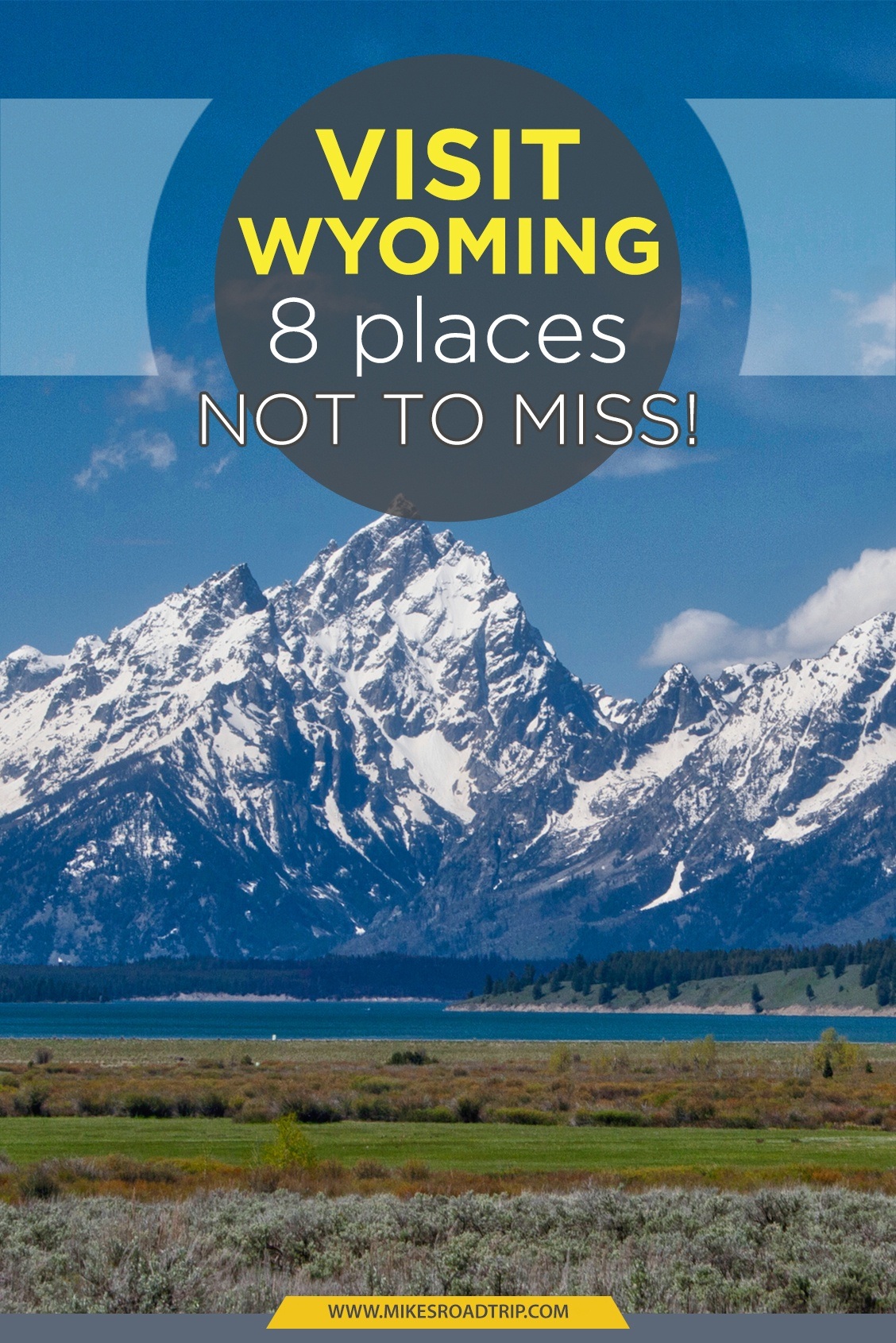


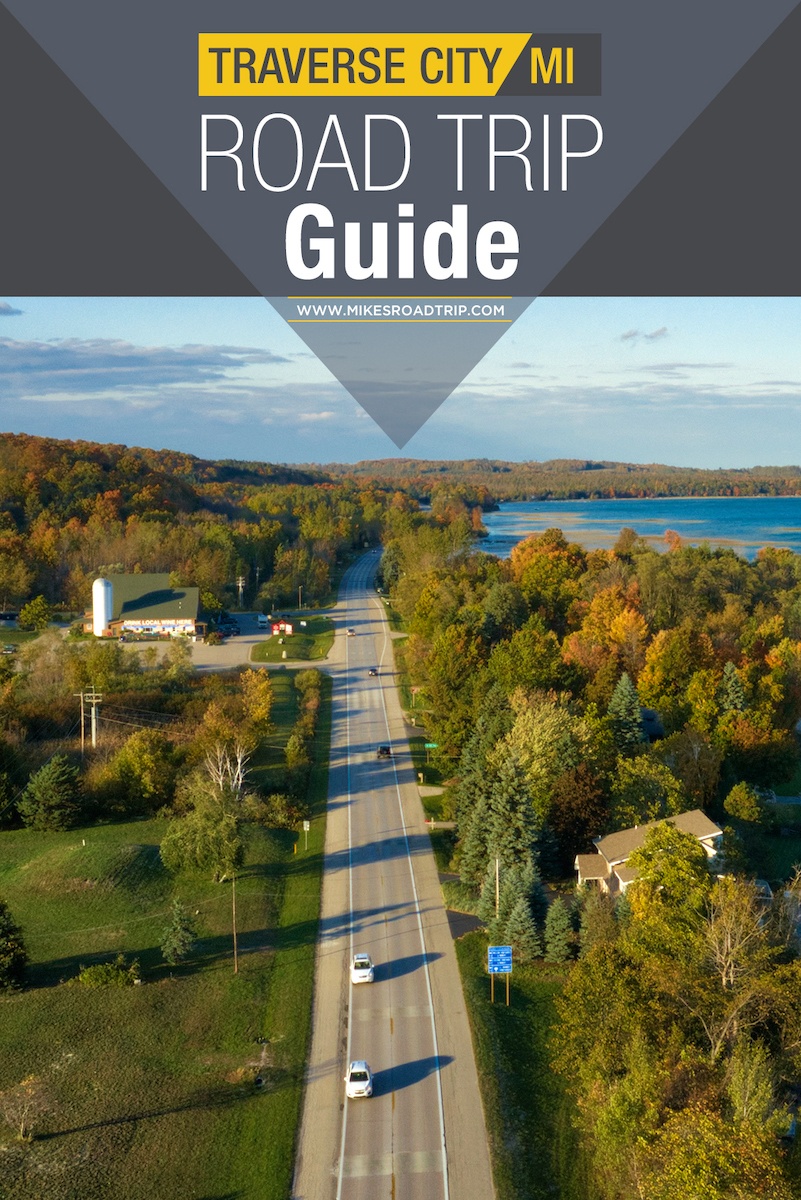
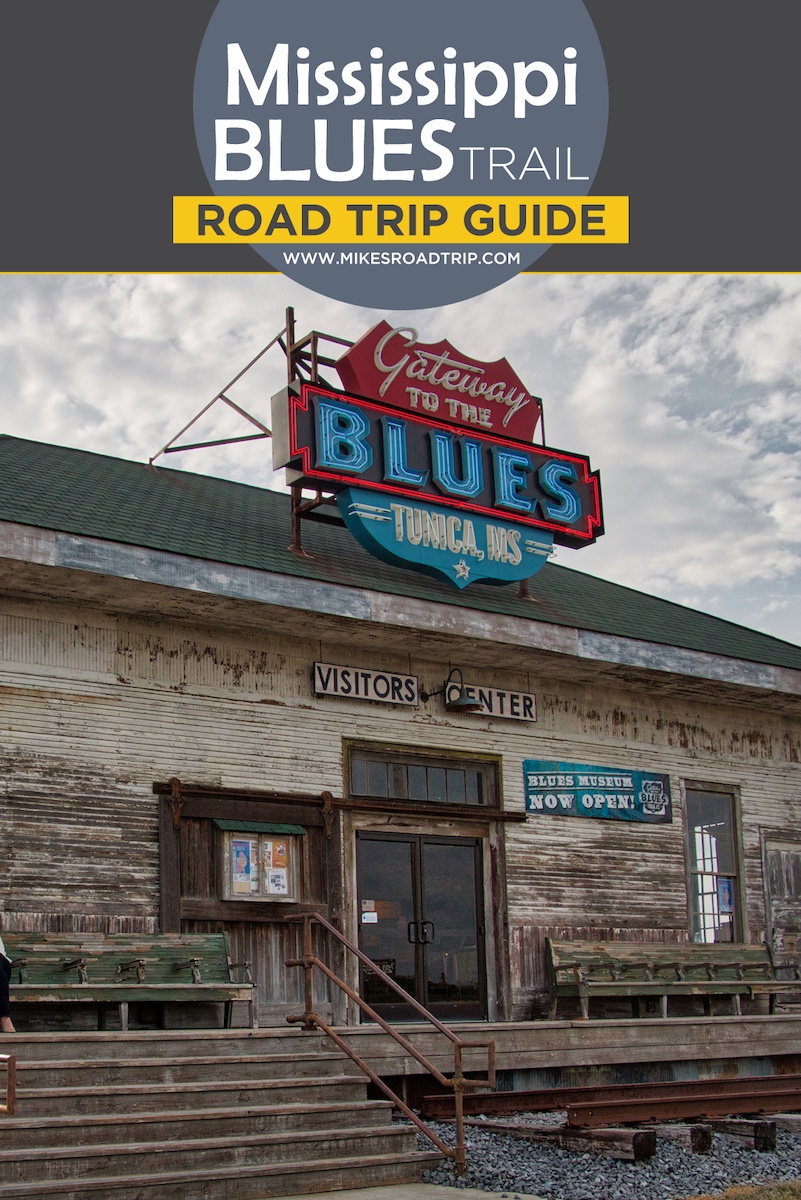
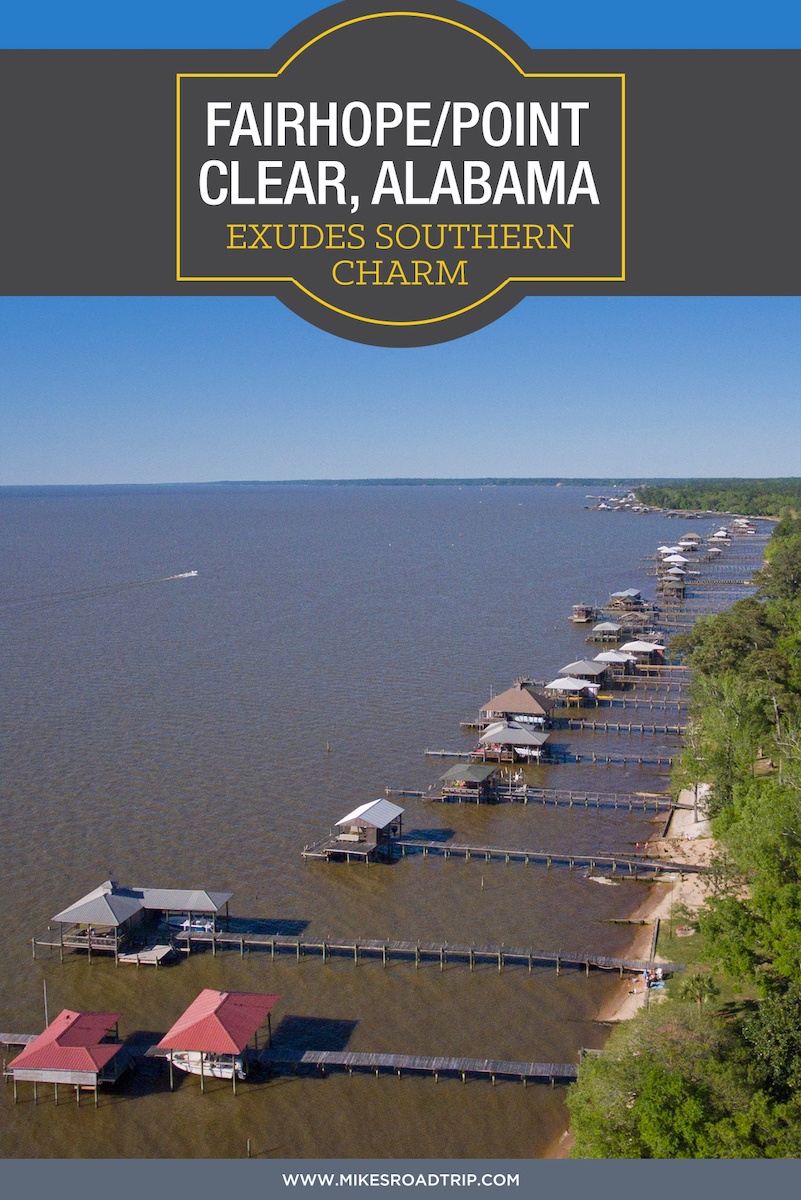































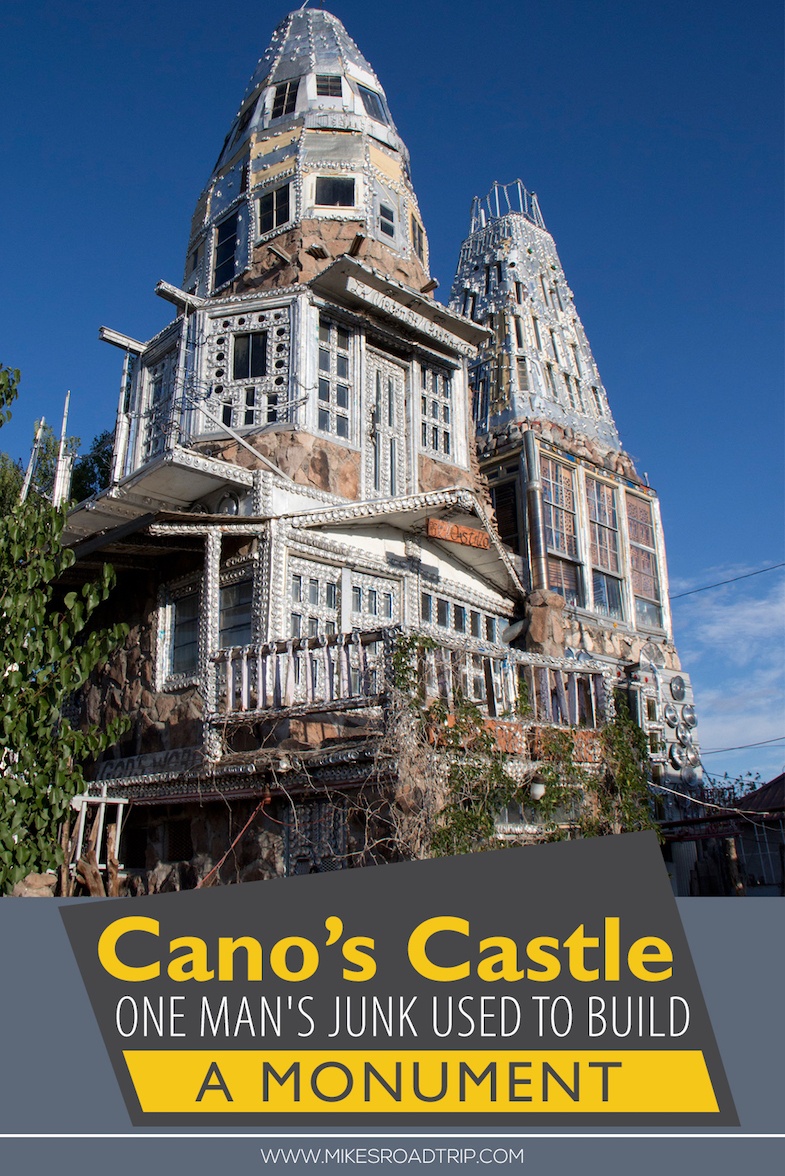
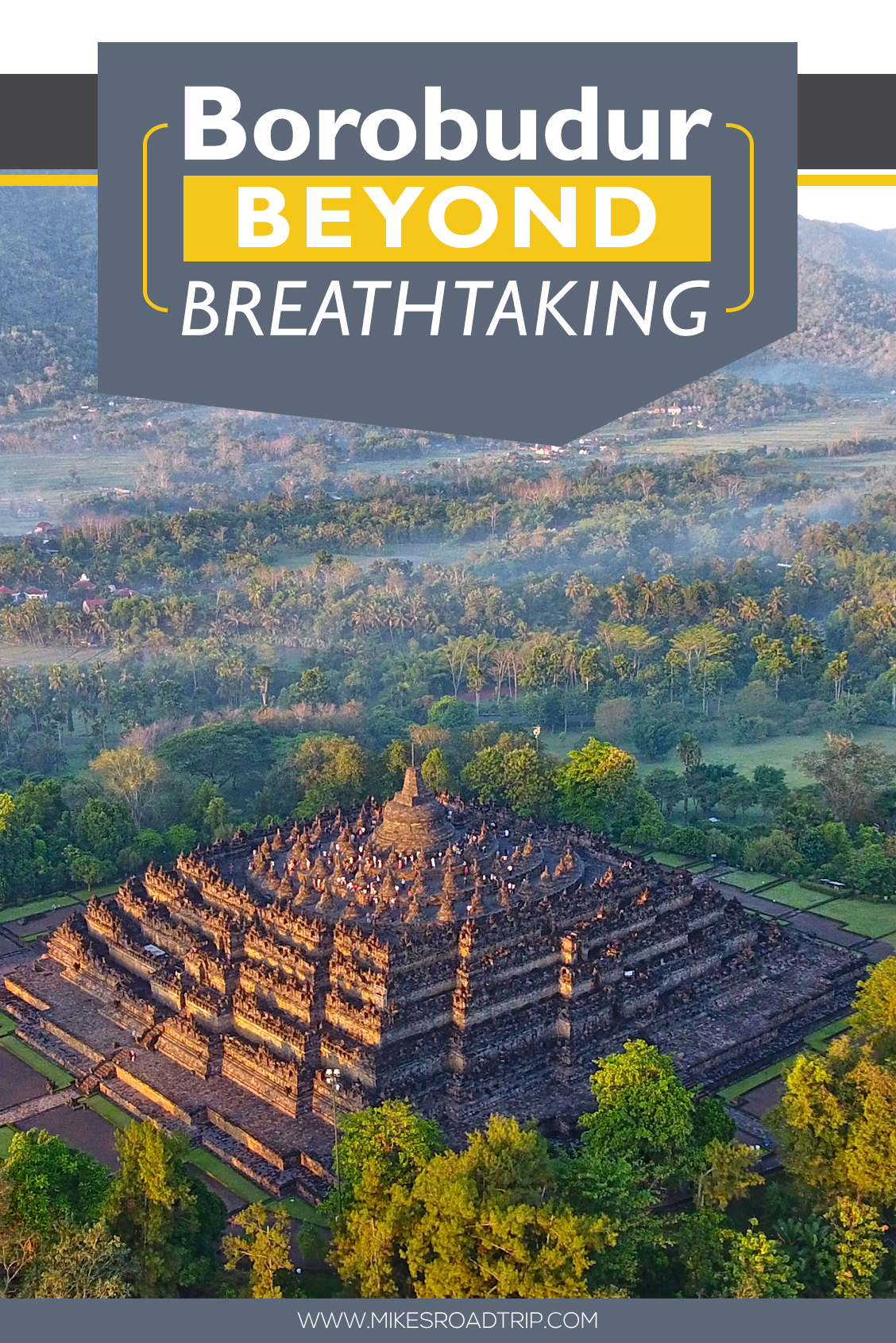


7 Comments
Probably worth mentioning here that (I’m pretty sure) amazon’s cloud service is for personal use and not business use. You’re better off going with backblaze for a live backup of any work instead of uploading manually and risking human error, which was one of the reasons why you had issues with separate drives. With amazing drive, if your drobo goes down all of a sudden, the data in the cloud may not be the latest, if at all backed up.
Hey Jonathan, thanks so much for sharing! I’m sure other readers will appreciate. Thanks for stopping by! Cheers, Mike
Since you did not invest in the 5N for the network capabilities you can try teamviewer to access your files from another location.
Sweet, thank you so much for the info Kelly!
This is a great post, sounds like an awesome product/solution, but it appears the company does not have any stock.
I so want to get one of these, especially after reading your review. Unfortunately they have been out of stock for some time. I guess supply chain issues. Ugh.
I too have wanted to get another one. It seems they have been out of stock for more than a year now, which is really too bad. Hope you can get a hold of one soon. Cheers, Mike